We want to live in clean spaces. After all, improving the cleanliness of our homes has major physical, mental, emotional, and social benefits.
Trends in organization and home decor ebb and flow, but a certain fascination with decluttering and cleaning stays consistent. The reality is that we all struggle to bridge the gap between our goals and reality—which is why cleaning and organization trends are so pervasive in pop culture.
Celebrities have a heavy influence on our design and cleaning trends. All of the most popular decor trends— Scandi, Japandi, and the Minimalist Movement—are popular because celebrities made them that way.
Even cleaning trends like:
Are considered trends because influencers rave about how effective they are.
At the root of those trends is a deep-seated human obsession with understanding how we can reach our cleaning goals despite all the factors that prevent us from getting there.

At the beginning of the Covid-19 pandemic, most of the United States was under strict shelter-in-place orders. Suddenly, we were asked to conduct work, education, and family life within four walls.
Even now, while many of us have ventured out of our homes for work, school, travel, and entertainment, once again, our lives have shifted.

Members of the workforce may still be working remotely or adopting a hybrid schedule. Many families have decided to continue homeschooling their children.
Spending more time than ever in our homes has given many of us an increased awareness of the spaces where we live. Being home all the time may have created more challenges in keeping things tidy, but it also increased our awareness and appreciation of our homes. You probably have a clearer view into what you’d like to improve about your living space.
If increased time at home has sparked your curiosity about ways to keep it more peaceful, clean, and uncluttered, keep reading to learn more about modern design and organizational movements.
Current decor trends point to a desire for clean, uncluttered spaces. Simple lines, natural colors, and a minimalistic appearance characterize the popular Scandi and Japandi-style interiors.
If you’ve been to an Ikea, you’ve been exposed to Scandi design. Short for “Scandinavian,” this trend originated in the countries of Northern Europe and focuses on combining functionality with beauty. Scandi values:

Scandi evokes warmth and peace without being kitschy or cluttered.
Japandi design combines simple Scandi ideals with Japanese beauty. Japandi emphasizes our relationship with the natural world and sustainability while maintaining the aesthetics that made Scandi so popular. Japandi pieces tend to be sleeker than Scandi’s rustic touches and use deeper color tones.
Both styles are grounded in minimalism and characterized by a lack of clutter, evoking peace, calm, and contentment—something we all crave, especially after spending more time than ever at home.
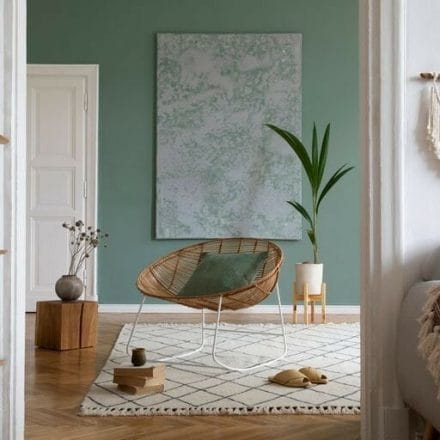
In recent years, minimalism has become the subject of:
Devotees evangelize the peace they feel about letting go of extra possessions and living a simpler life. Aspiring minimalists can look to dozens of sources for guidance on how to cut down on their stuff and simplify. While minimalism is a popular buzzword right now, its roots go back centuries.
In the 1800s, transcendentalist philosophers like Ralph Waldo Emerson and Henry David
Thoreau wrote about the virtues of simplicity and living with less.
Throughout the 20th century, design movements focusing on simple materials and sleek lines have gone in and out of popularity. Real Simple, a magazine that is a staple in many homes, was started in 2000, and emphasizes “keeping life simple and stress free.”
The longstanding popularity of minimalist movements goes to show that we want to be in peaceful, clean homes—we just don’t always know how to get there.

Because cleaning is a fact of life that occupies our minds daily, it’s natural for trends to mirror this. Certain methods and philosophies are having their heyday right now. Shows, books, and social media factor in the rising popularity of these organizational trends.
Marie Kondo revolutionized decluttering with her “spark joy” method of getting rid of any items
that don’t make you feel happy. She recommends thanking items that have served their purpose before throwing them away or donating them.
Kondo acknowledged in a recent article that with three children, she still struggles to keep her home organized. While her home is no longer pristine and tidy, she still embraces minimalism not only in physical spaces but in how she spends her time.

Margareta Magnusson published her book, The Gentle Art of Swedish Death Cleaning, in early 2018. Despite the initially shocking title, Swedish death cleaning, or döstädning, is a simple and considerate practice.
Swedish death cleaning is based on the idea that as you age, you should begin clearing your home of excess possessions. This helps you simplify your life and focus on what matters as you age. It also helps your loved ones by giving them fewer things to manage after your passing.
The Home Edit is a company founded by Clea Shearer and Joanna Teplin. They have created:
The Home Edit’s main philosophy is combining form, function, and fun for a home that stays neat and organized while keeping personality as a strong feature. They are very influential in the home organization space. Their marketing and personality-infused cleaning tips give them a broad appeal. They appeal to people who want a neater, more organized space but don’t resonate with the severity of more minimalistic approaches.
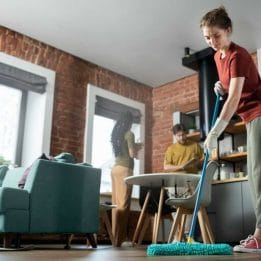
Organizing trends come and go, but spring cleaning has been a popular seasonal ritual for centuries. Humans have always needed to be intentional about taking time to clean and organize.
The practice has roots in many religious and cultural traditions like:
In Judaism, homes are traditionally cleaned before Passover to remove any yeast products.
A Buddhist festival in Thailand held in April involves purification rituals, including cleaning homes and temples.
Khaneh Tekani, or “shaking the house,” is a Persian tradition dating back over 3,000 years. In the spring, families cleaned and decluttered their homes to prevent bad luck in the coming year.
Yogis practice saucha, a purity practice, in the spring. Part of this practice is creating clean, non-distracting environments for home and work.

There may also be biological reasons for our drive to clean in the spring. As we experience more sunlight, our bodies produce less melatonin, driving us to be more alert. After a long, sleepy winter, the warm weather provides an opportunity to set things in order.
If the thought of gearing up for spring cleaning has your heart pounding, you’re not alone. The extra sunlight and societal pressures create intense feelings around spring cleaning.
Society tells us we should be ashamed when we struggle to keep our homes clean, but in reality, most of us fall somewhere on the hoarding scale. There’s a reason the human race has been doing spring cleaning for thousands of years!

We’re all a work in progress. There’s no need to feel shame no matter how out of hand your home feels to you.
It’s time to end the stigma around hoarding. There’s nothing wrong with asking for help. Whether you simply need some ideas to help you get started or are looking for some hands-on assistance, we’ve got you covered.
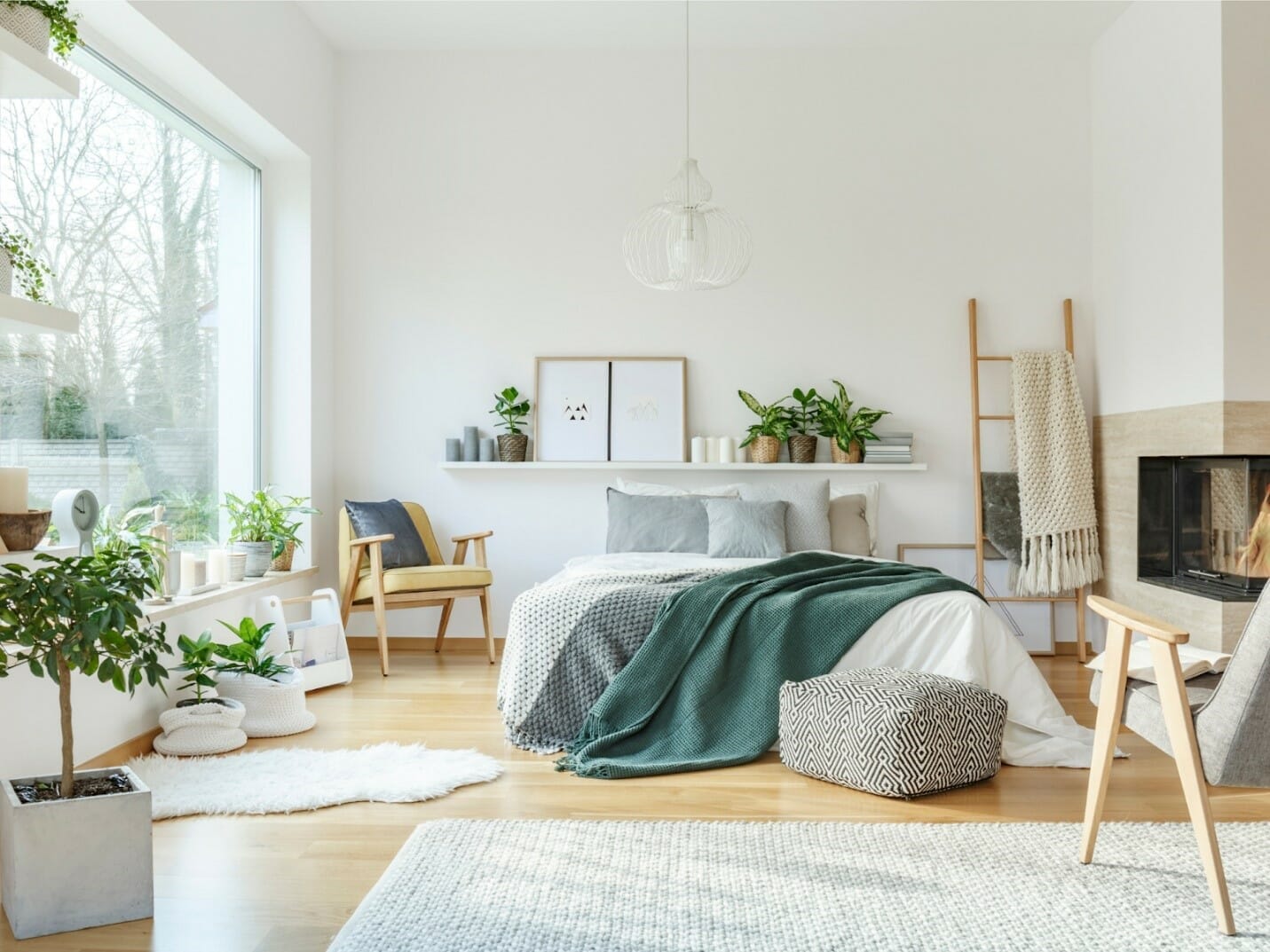
Is having a disorganized home such a big deal? Why not let people live how they want to live?
Having a clean, comfortable home affects people in different ways:

Keeping a clean, organized home is well worth all the physical, mental, emotional, and social benefits that come with it.

From sleep quality to infection control, cleanliness affects how well your body functions from day to day.
Here are a few ways keeping an orderly environment can help you physically:
Keeping a clean home reduces the risk of illness-causing pathogens being passed to residents of the home.
Food preparation areas should be sanitary, especially after handling raw meat.
Bathroom areas should be cleaned regularly, and animal waste should be taken care of to prevent disease.
People with cluttered homes are more likely to experience insomnia. It’s hard to know if it stems from increased stress levels, difficulty getting comfortable in a cluttered space, or from another cause, but cleaning up clutter should help you get a better
night’s sleep.
Allergies and asthma attacks can be triggered by dust, pet hair and dander, and mold. Keeping homes free of these triggers can improve allergy and asthma symptoms.
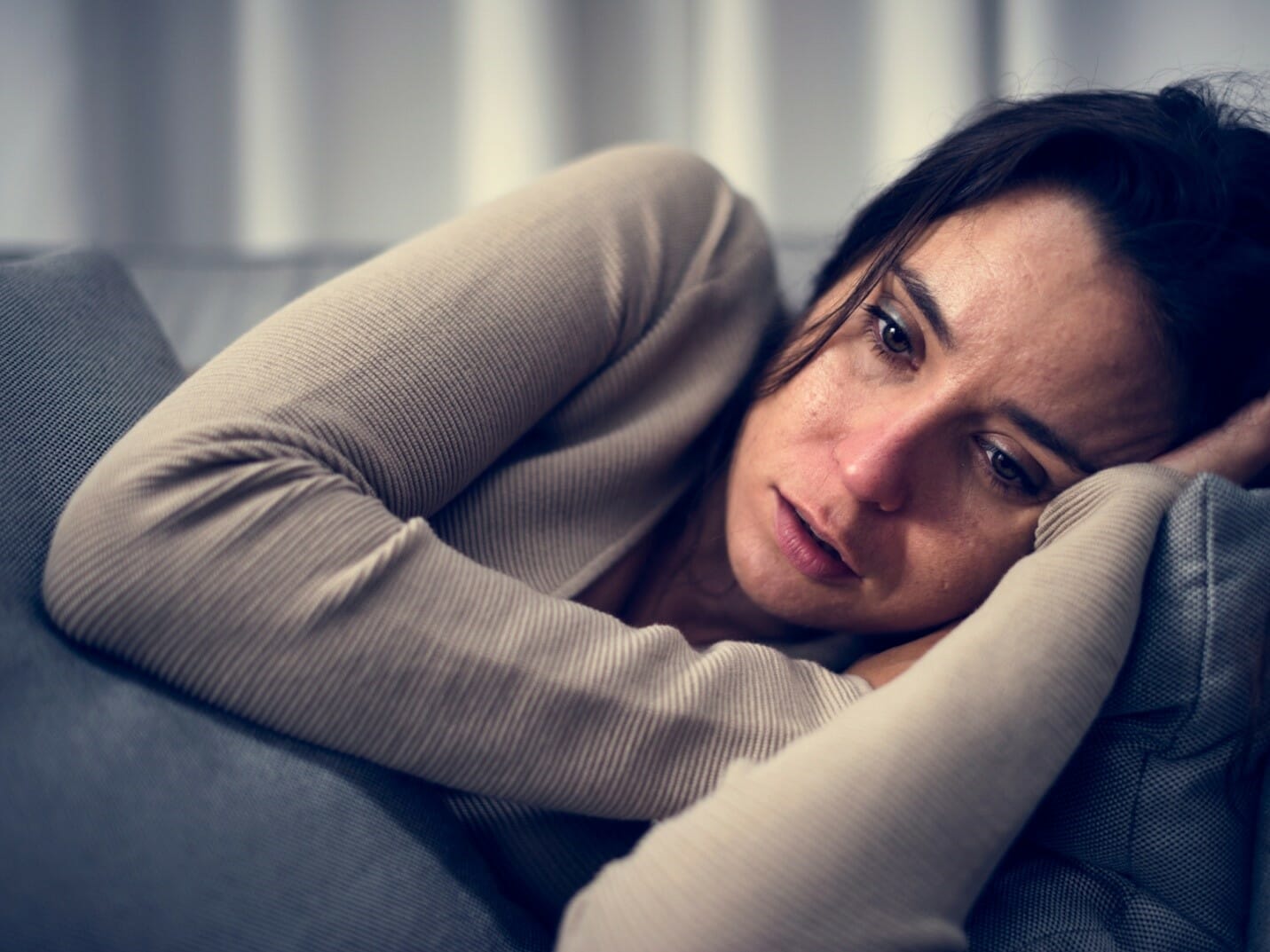
The state of your home can have profound effects on your mental state. A cluttered, disorganized space can stress and overwhelm us. Severely cluttered homes can also cause feelings of shame and anxiety. Here are a few ways keeping your home in order can help you function well mentally:
A clean, uncluttered space helps our minds stay on task without distraction. When we see more items in our line of sight, it can actually slow down our brain’s processing speed and make it more difficult to focus.
When we constantly look around us and see work that needs to be done, it’s difficult to feel calm. How can we relax when we’re surrounded by chaos? Maintaining a clean, organized space will create tranquility and peace-of-mind.
Setting your home in order can be empowering! When you are able to make your space look and feel the way you want it to be, you feel a sense of accomplishment.
When your home is constantly in good condition, you can depend on it as a place to relax and feel at peace. Regardless of what happens outside your home, you have a refuge where you can retreat from the world.
Creativity needs margin and blank space to grow. When your space is not distracting from your thought process, your brain can focus on new ideas.

Just as tasks requiring deep thought can be difficult when our homes are chaotic, our emotions can also be hard to settle when our environment is in upheaval. Here are some emotional benefits to improving the cleanliness of your home:
When you’re in a clean, comfortable environment, you feel better emotionally. Many studies show a relationship between messy homes and unhappiness.
Not only does being in a clean, restful environment contribute to being better able to focus and be mindful, the act of cleaning itself actually offers an opportunity to practice mindfulness. Being mindful of the task at hand can decrease feelings of anxiety and increase feelings of inspiration.
Emotional regulation is the ability to respond to your emotions mindfully. This skill can help you reframe negative emotions and cope with stress. When your home is less cluttered, you are better able to attend to your emotions and find peace.

Your home doesn’t only affect you—it also has an effect on the people around you. When your home is messy and disorganized, it can actually hinder your relationships. Here are some ways cleaning and organizing can benefit you socially:
Cleaning up can create a welcoming space for you to spend time with those you care about. When your home is messy and disorganized, it can be difficult, or even embarrassing, to host others.
You may feel embarrassed about the state of your home, or your friends may not be comfortable there due to cleanliness issues, a lack of seating due to spaces being taken up by clutter, and so on.
When your home is clean and uncluttered, there is space for family to come and stay. Even if you need to set up cots or sleeping bags to accommodate extra guests, they can still be comfortable with you. With a clean floor and stored belongings, this can become a reality.
In severe cases, disorganization and lack of cleanliness can lead to structural issues with your home. Appliances may fall into disrepair and become hazardous, or the home’s structure can even be compromised by the weight of your belongings.
When your things are in order, there is no danger of needing to relocate. However, when your things are in order, there is no danger of being forced to relocate. That stress is non-existent. At a certain point, a health inspector could become involved.

Everyone can improve the state of their homes—we all struggle to keep things clean and hang on to only the possessions we really need.
However, when we take the necessary steps to tidy up and declutter, we can see benefits in many different areas of our lives: physically, mentally, emotionally, and socially.
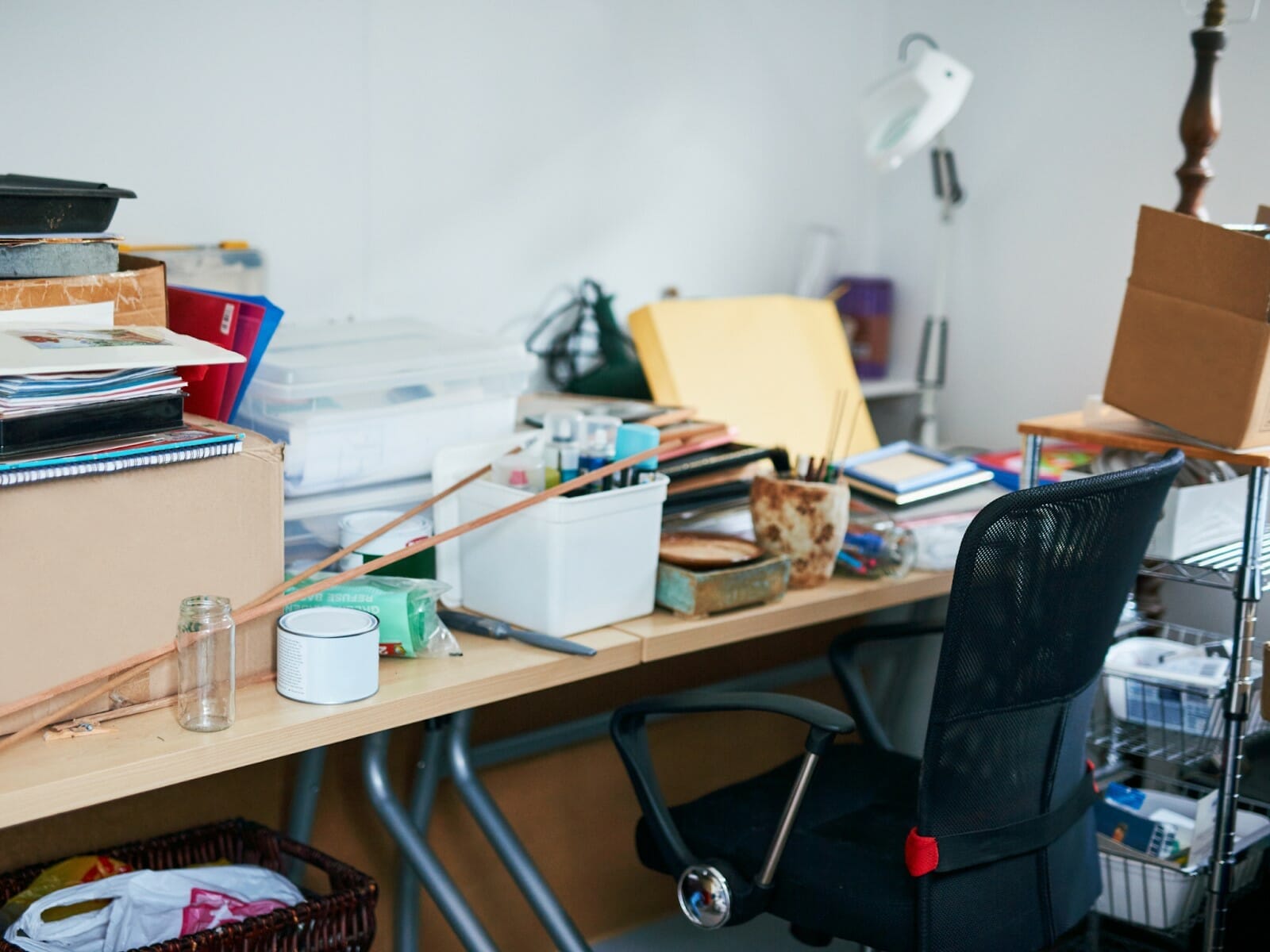
There are varied reasons people hang on to things they don’t need based on their circumstances or deeper-lying struggles. A cluttered home—even one that would qualify as a Level 5 situation—doesn’t stem from laziness or lack of willpower.
More often than not, a cluttered home is the result of a difficult-to-control situation, which is part of normal life.
What’s the source of your clutter? Following, are a few factors that may be contributing to your at-home clutter:
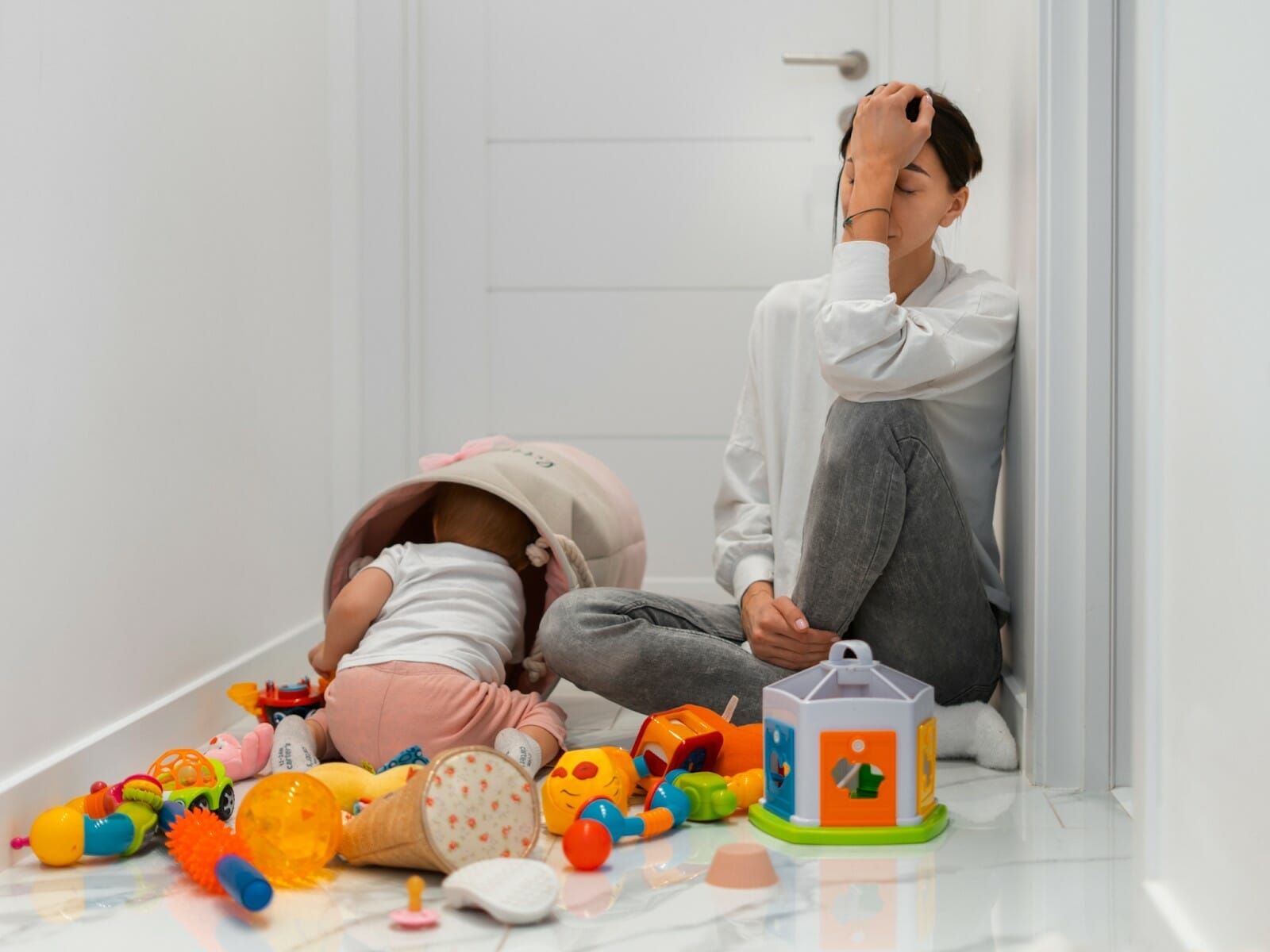
Having children can bring an abundance of joy, but also plenty of clutter.
Baby gear that is only used for a short period of time, rapidly changing clothes sizes, and piles of toys accumulate quickly.
It doesn’t end with the baby phase, though. As all guardians know, older kids and teens bring their own messes into the home.
Food-related messes combined with sleep deprivation can make it difficult to keep up with housework.
With children leaving clutter everywhere and food-related messes needing immediate care, it can be difficult to keep up with housework. Especially when you consider the sleep deprivation that also comes with kids.
Between art and science projects on the counter and smelly gym bags and laundry
left around the house, things can get (or stay!) messy.
It doesn’t help that children aren’t well-known for cleaning up after themselves!
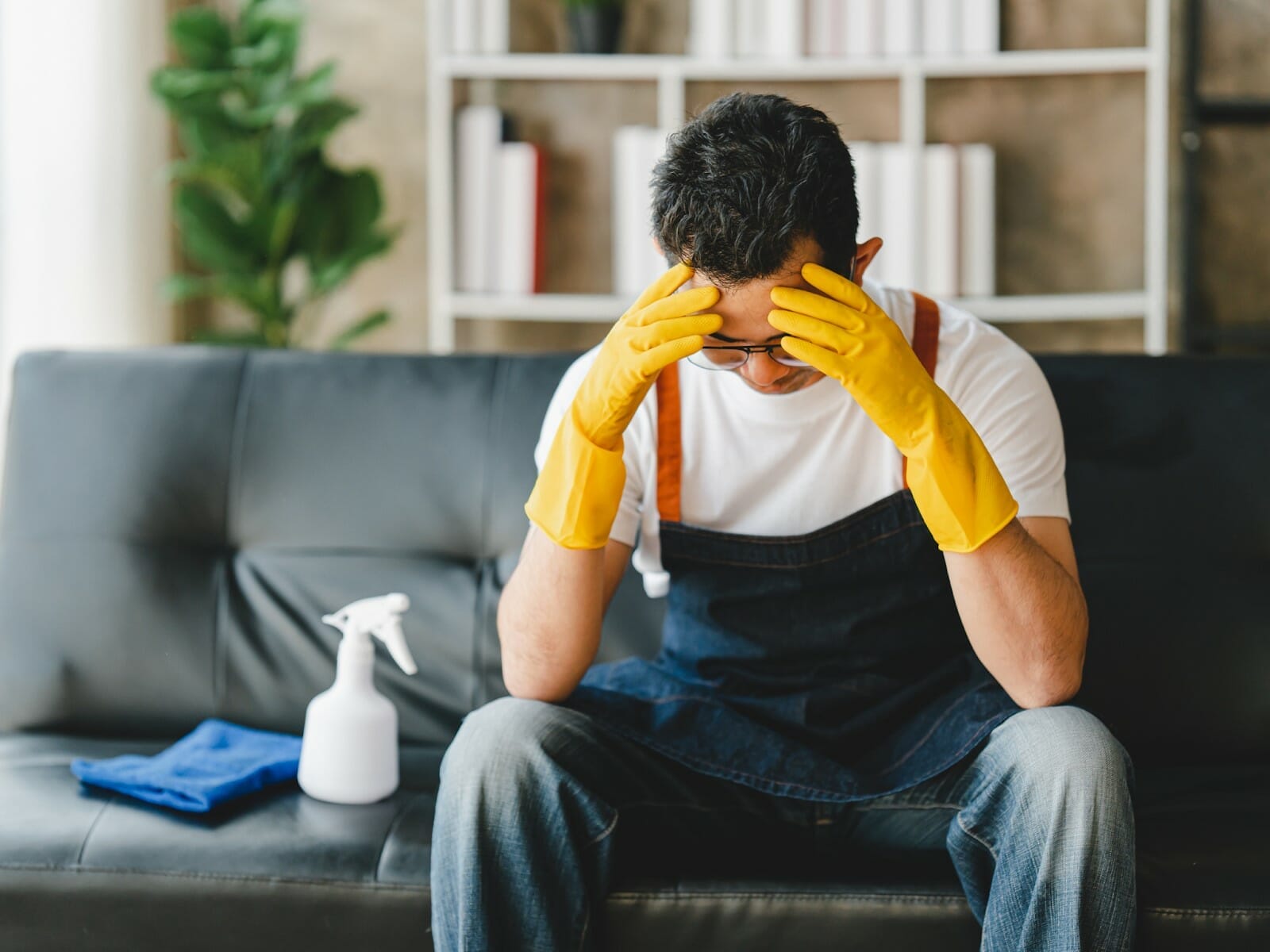
As adults age, they may struggle to keep up with their housework.
Think of all the reaching and bending over. Consider all the hard scrubbing. With health issues, simple cleaning tasks take much longer to accomplish, if it can still be done.
Decreased mobility and increased health issues can make cleaning overwhelming or even impossible.
In addition, it can be difficult to let go of possessions accumulated over a lifetime.
Anxiety can make it difficult to throw away possessions.
People with anxiety may hold on to items in excess in case of a feared emergency or indecision about what to do with items.
Finding the motivation to clean and declutter is often a struggle for someone suffering from depression.
The stress of an out-of-control home situation (whether it’s actually out of control
or simply perceived to be) can create a negative feedback loop.
For example, maybe you’re struggling with depression and lack the motivation to do the dishes. This means the dishes quickly pile up and within a week or two every surface in your kitchen could be covered in dirty dishes.
Now, you’re facing an overwhelming mess that can make you feel even worse—piling on exhaustion, guilt, and shame—and making you even less likely to find the motivation to clean up.
This cycle can leave those struggling with depression feeling more overwhelmed and less able to approach their home situation.
Individuals with ADHD often have intense, passionate interests and may accumulate items related to that interest. In addition, it can be difficult for a person with ADHD to create and stay focused on a plan for a big cleaning project. Anytime there are multiple steps involved, it’s easy for people with ADHD to get distracted.
Obsessive-compulsive disorder is characterized by obsessive, intrusive thoughts and compulsive behaviors. People with OCD sometimes deal with anxieties and emergencies by compulsively buying items. They may have obsessions about running out of essential items or a buying ritual that is difficult to break out of.
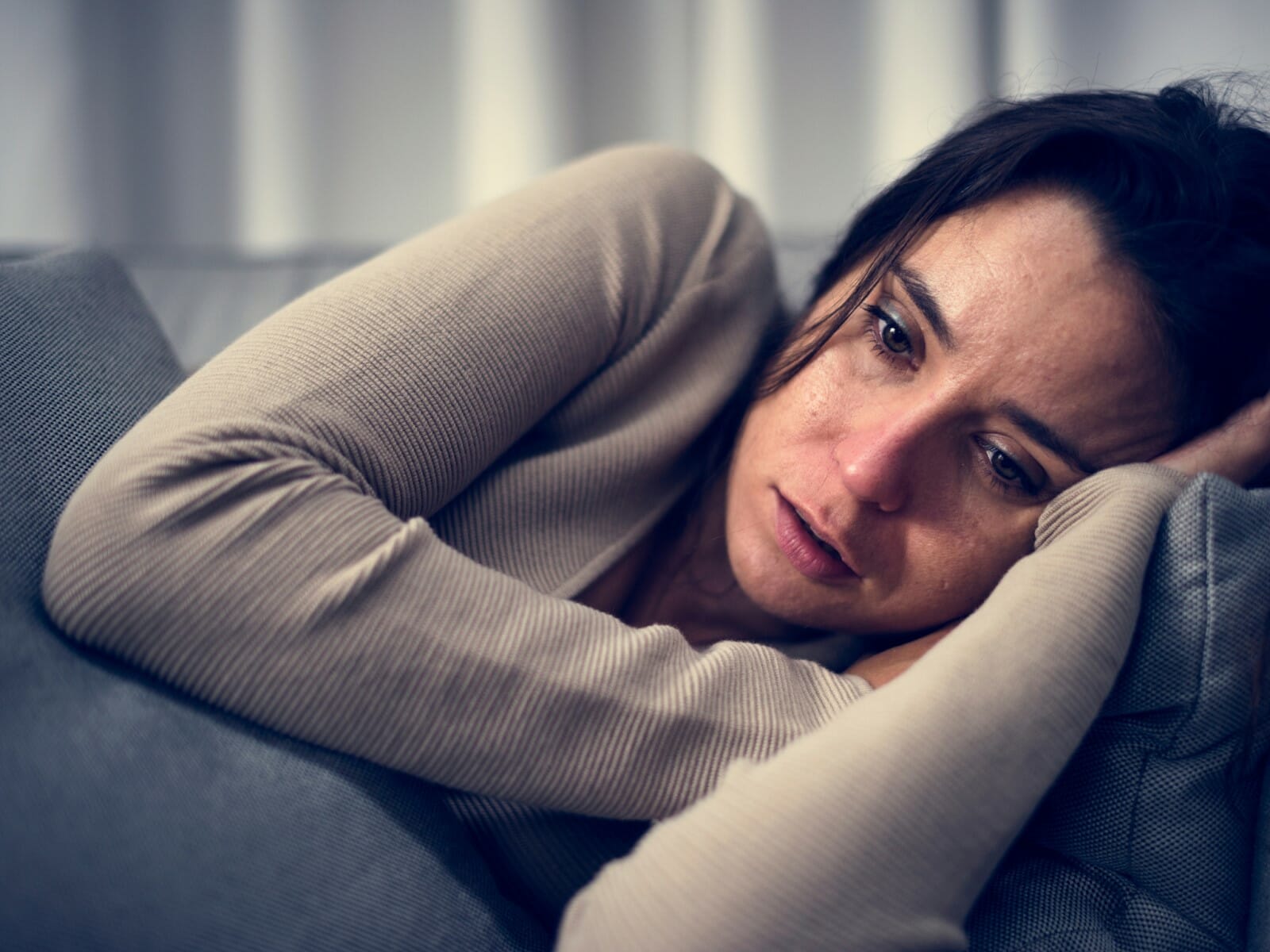
Trauma can be a trigger for accumulating clutter. If someone grew up without:
They may feel driven to hold onto things rather than throw them away when they are no longer needed. Research shows that childhood emotional abuse and physical neglect in particular predict higher levels of hoarding symptoms.
People who have experienced loss may also accumulate possessions to soothe the ache of missing their loved one. Buying new things triggers a brief dopamine high, bringing temporary emotional relief.
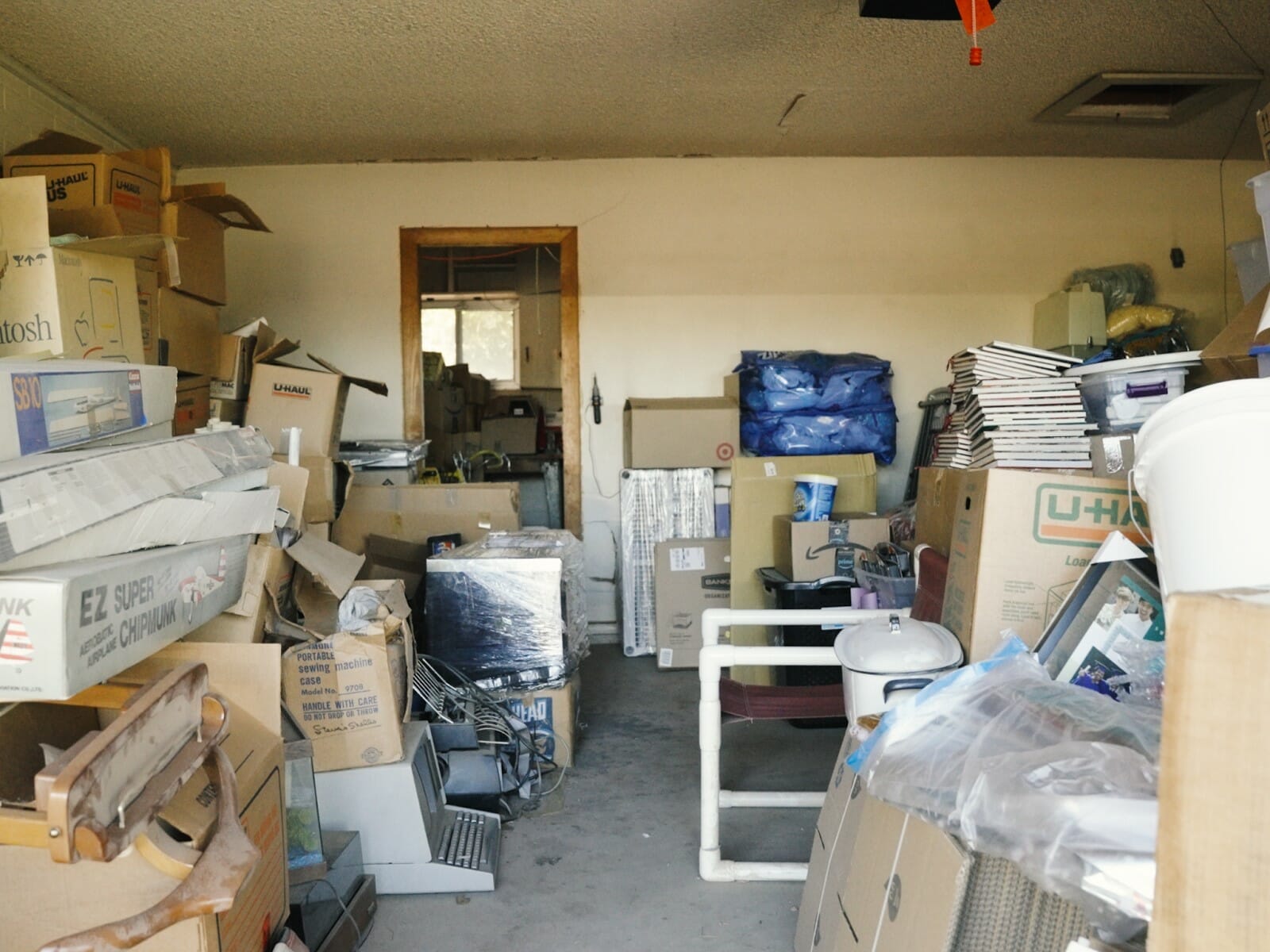
If you grew up in a home where clutter was common, you are more likely to show these behaviors yourself. You may have a genetic disposition toward it through related diagnoses like anxiety or depression. You may also be more used to an environment where clutter, mess, and even the higher levels of hoarding are the norm.
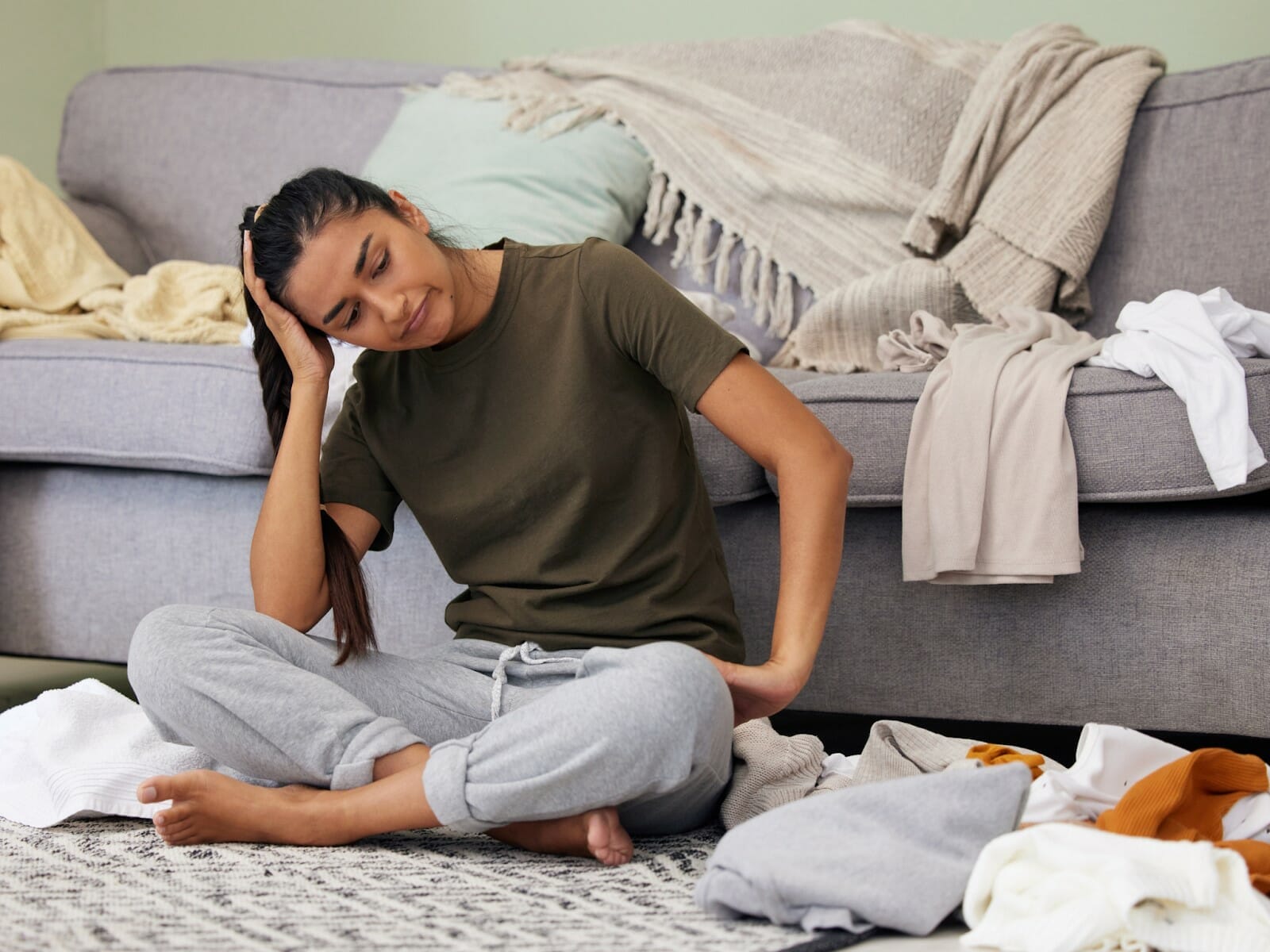
No matter the reason clutter starts, it’s normal to feel overwhelmed and stressed by the situation. Home maintenance is a big task under any conditions. Certain factors can make the situation feel impossible such as:
Stress can lead to disorganized homes, and disorganized homes can increase stress. Natalie Christine Dattilo, PhD, clinical health psychologist and instructor of psychiatry at Harvard Medical School, calls it a chicken-or-egg dilemma.
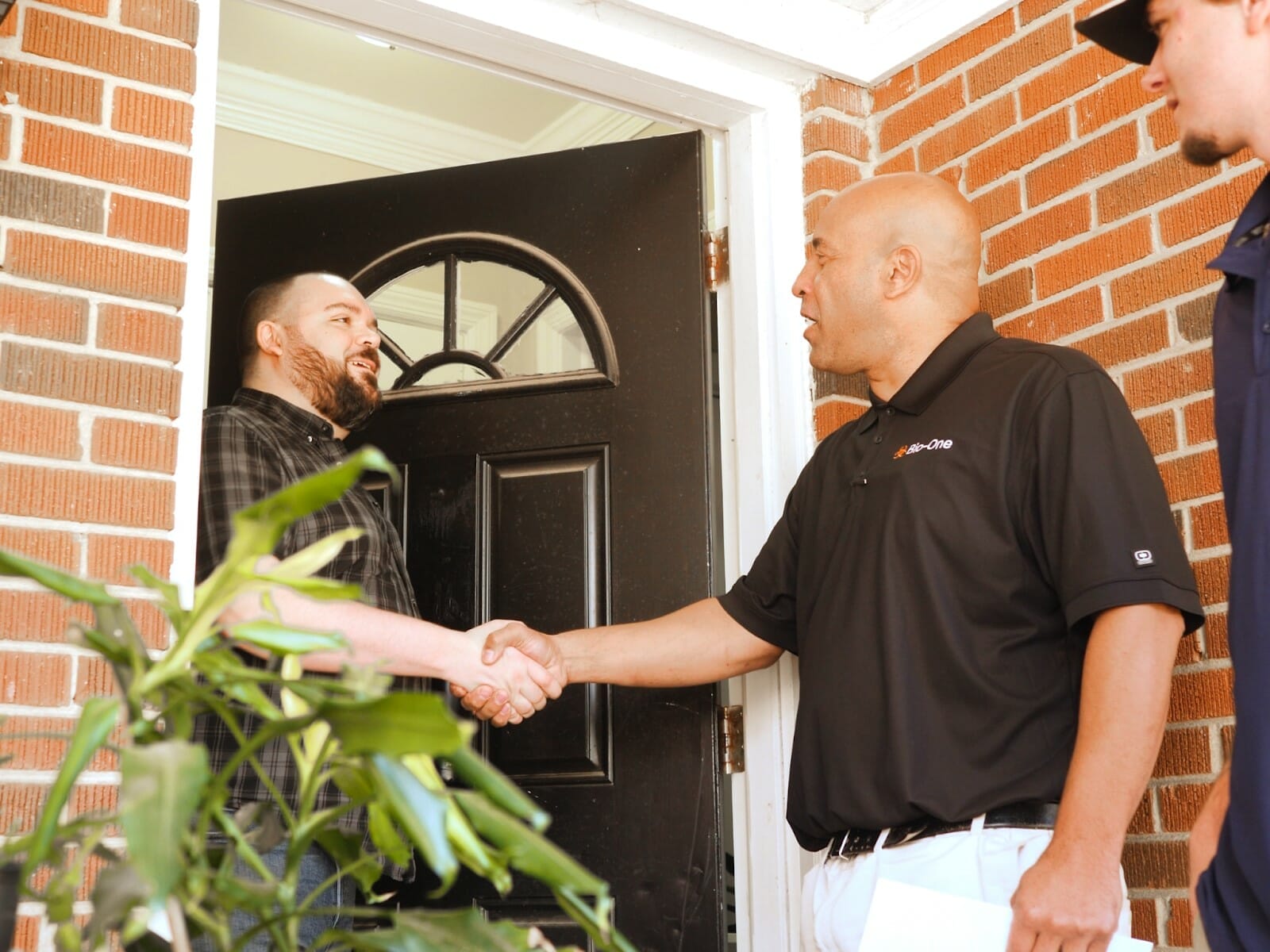
“Recent studies have shown that clutter in our homes is associated with higher cortisol levels [our stress hormone], but it’s still unclear which comes first,” says Dattilo.
“Is it that when we are under stress, our ability to maintain a well-organized home becomes impaired? Or when our home is in disarray, does that make us feel more stressed, overwhelmed, and anxious?”
Regardless of the root of the issue, there is a way out. Resources are available to help you deal with your home situation. Bio-One can help! Our services can help ease your stress. For more information on how we can help you with your clutter call (408) 309-3866.
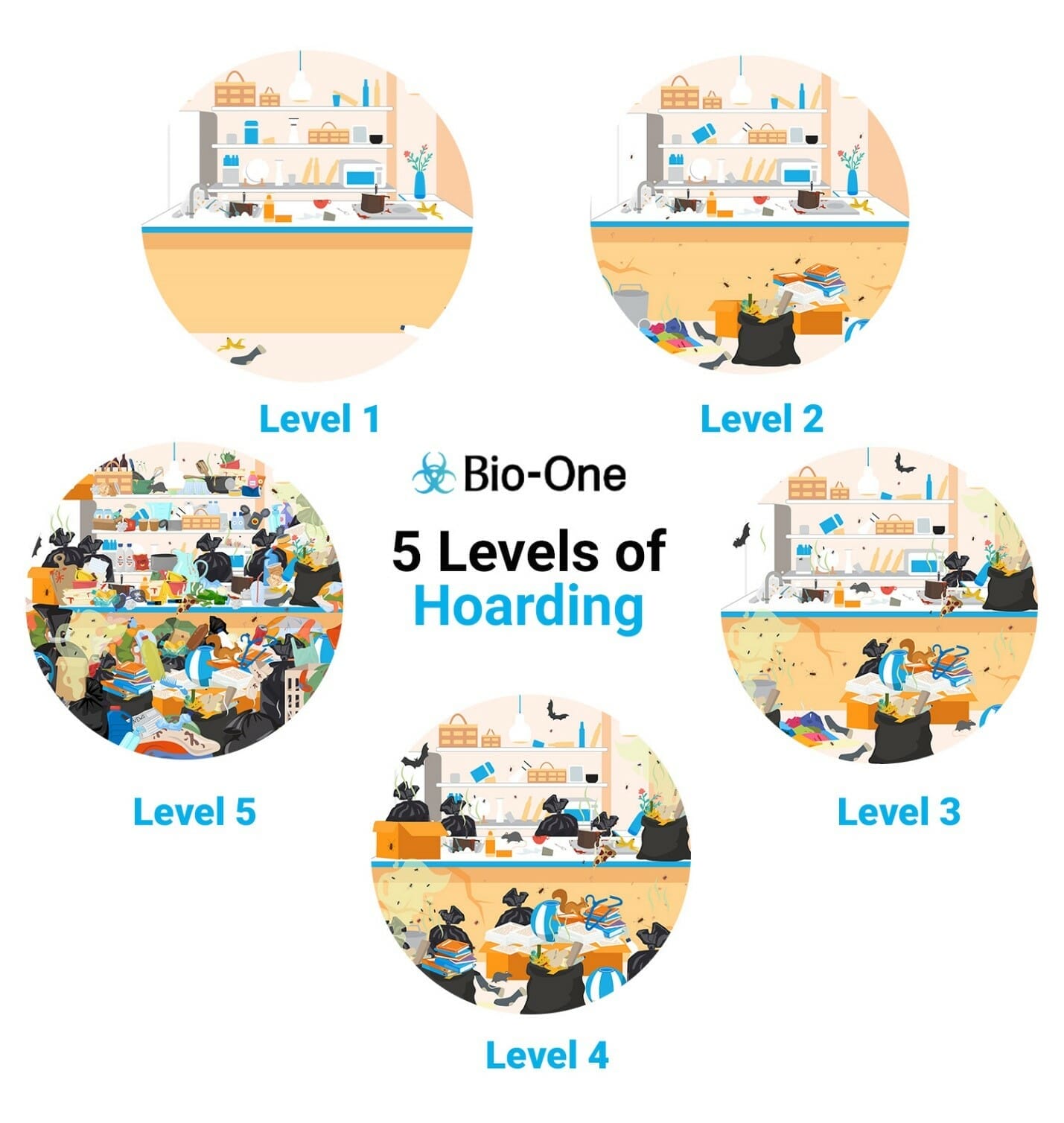
The word “hoarding” probably evokes a particular image, made more common by shows like Hoarders that highlight extreme examples. In reality, not all hoarders have rooms full of items piled high to the ceiling.
The Institute for Challenging Disorganization (now, there’s a relatable title!) has classified hoarding behavior into five levels on their Clutter-Hoarding Scale.Level 1 Hoarding
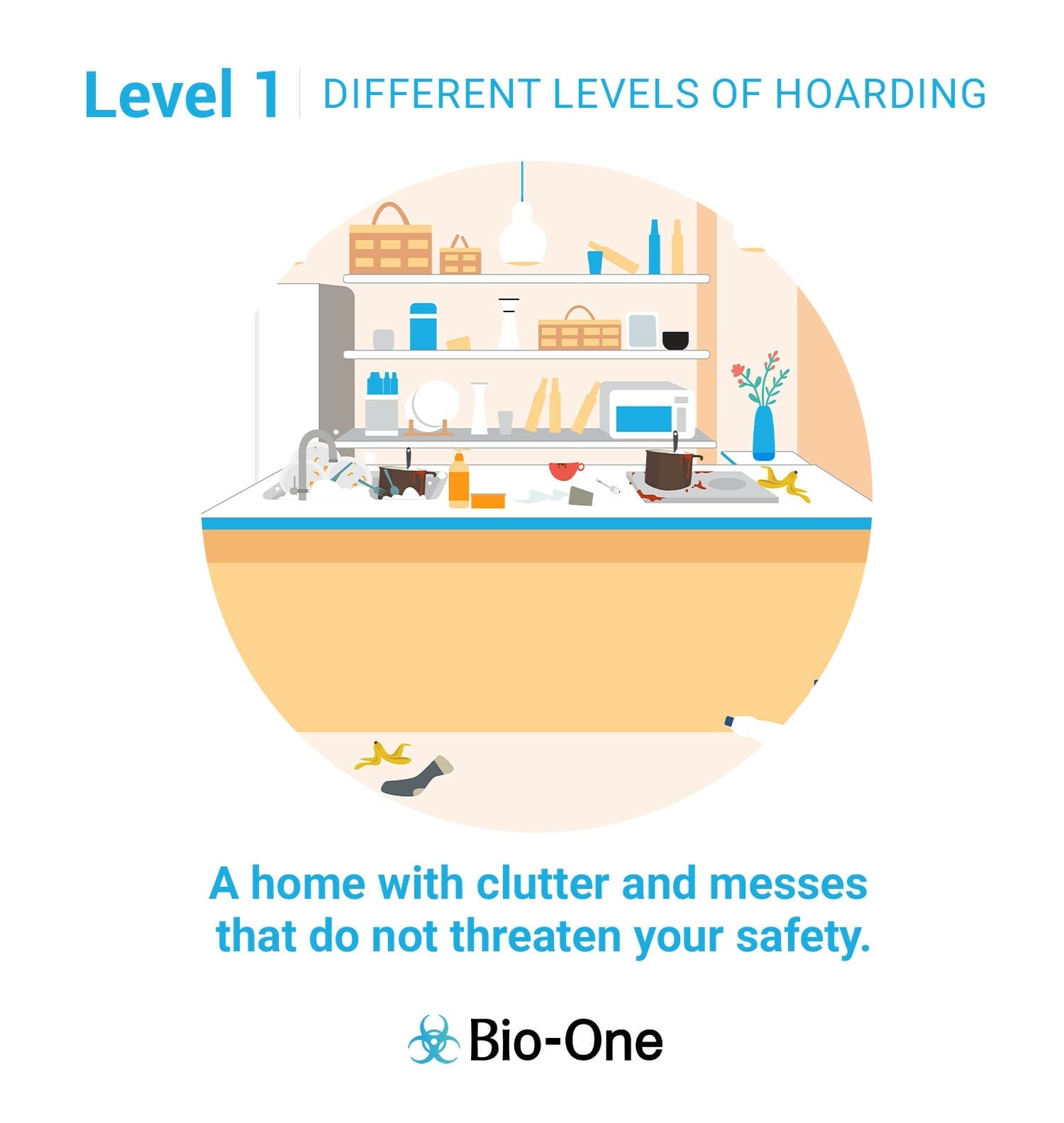
At Level 1, a home is not pristine, but the space is still easily accessible and sanitary. There is clutter, but no concern for safety. Most, if not all of us, have been in Level 1. Many people spend most of their time in this stage.
Here are the defining characteristics of this level:

At Level 2, the home is still very livable, but there’s more evidence of disarray. The home is in need of cleaning and may be starting to overwhelm the residents. The hygiene level isn’t optimal.
Most of us bounce between Level 1 and Level 2. However, here are the more defining characteristics of Level 2:
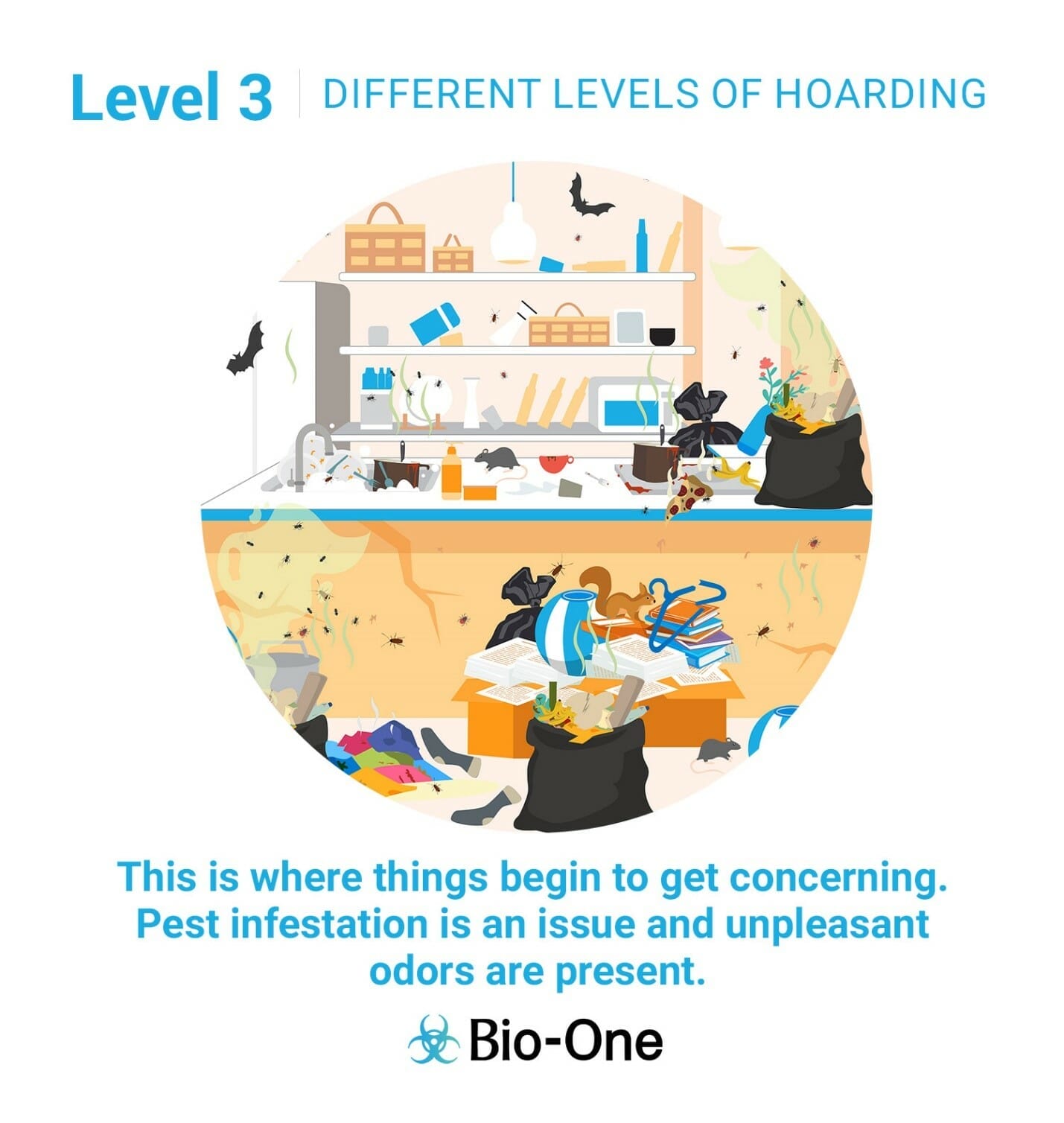
Level 3 is considered the turning point between manageable household disorganization and a more serious issue. Level 3 homes show extreme disorganization and indicate hoarding behavior.
Here are the defining characteristics of this level:
Level 3 households should consider hiring outside help. Although, it’s still possible to get it under control with a concerted effort from the whole family

At Level 4, the home shows excessive clutter.Those living in Level 4 conditions need professional help. At this level, part of getting help includes professional cleaning to transform the house into a safe, hygienic space where people can thrive. Mental health counselors and social workers may also step in to help residents change their habits.
Here are the defining characteristics of this level:

Level 5 is the highest level of hoarding behavior. Level 5 homes are alarmingly hazardous.
They require professionals with safety equipment and training to clean.
Here are the defining characteristics of this level:
If you or someone you know is struggling with these levels of hoarding we are here to help.
You can find more information at https://sanjosebioone.com/ or contact us at (408) 309-3866

One of the most difficult parts about realizing you may be suicidal is feeling like you can’t talk to anyone about it.
Whether out of shame, or fear of how a loved one will react to finding out, reaching out to someone you know for help can be incredibly paralyzing. This sense of isolation can be dangerous, especially in moments of crisis.
In these discouraging and frightening moments, the 988 Suicide & Crisis Lifeline is there.
The 988 Suicide & Crisis Lifeline is a free resource anyone experiencing a crisis can contact for help.
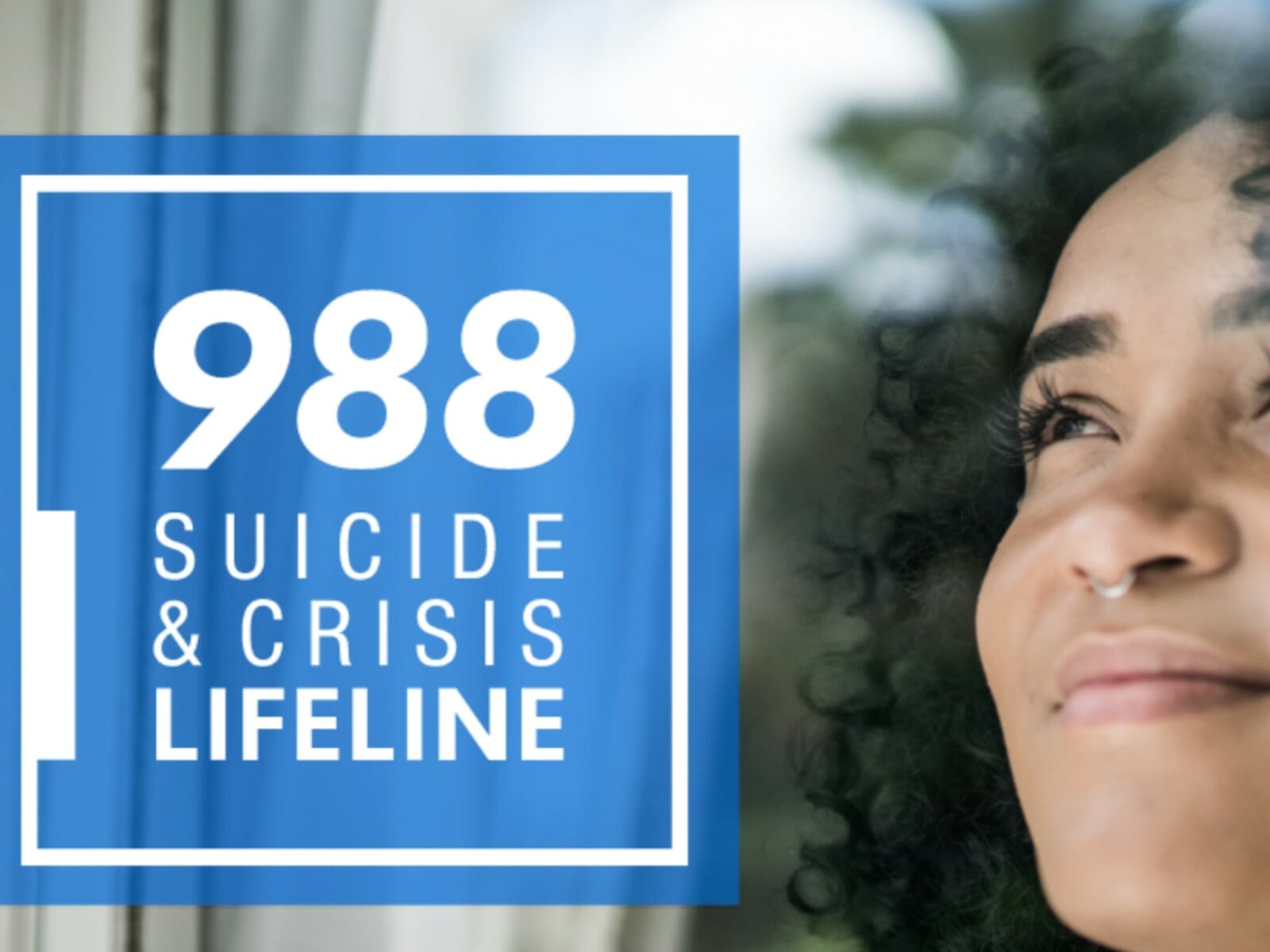
The Lifeline connects people with skilled crisis counselors who listen and provide immediate support to guide you through the worst of your distress. They can also refer you to resources to help you keep yourself safe in the long term.
The Lifeline is funded by the Substance Abuse and Mental Health Services Administration (SAMHSA) as part of its ongoing mission to reduce suicide rates nationwide.
They work with many local and government suicide prevention organizations to extend their reach everywhere in the United States.
Contacting the Lifeline is as simple as calling or texting 988.
The 988 Lifeline is for anyone who is thinking about suicide, concerned for a friend or loved one, or just in need of emotional support. This means you can call, text, or chat even if you are struggling but not yet in crisis.
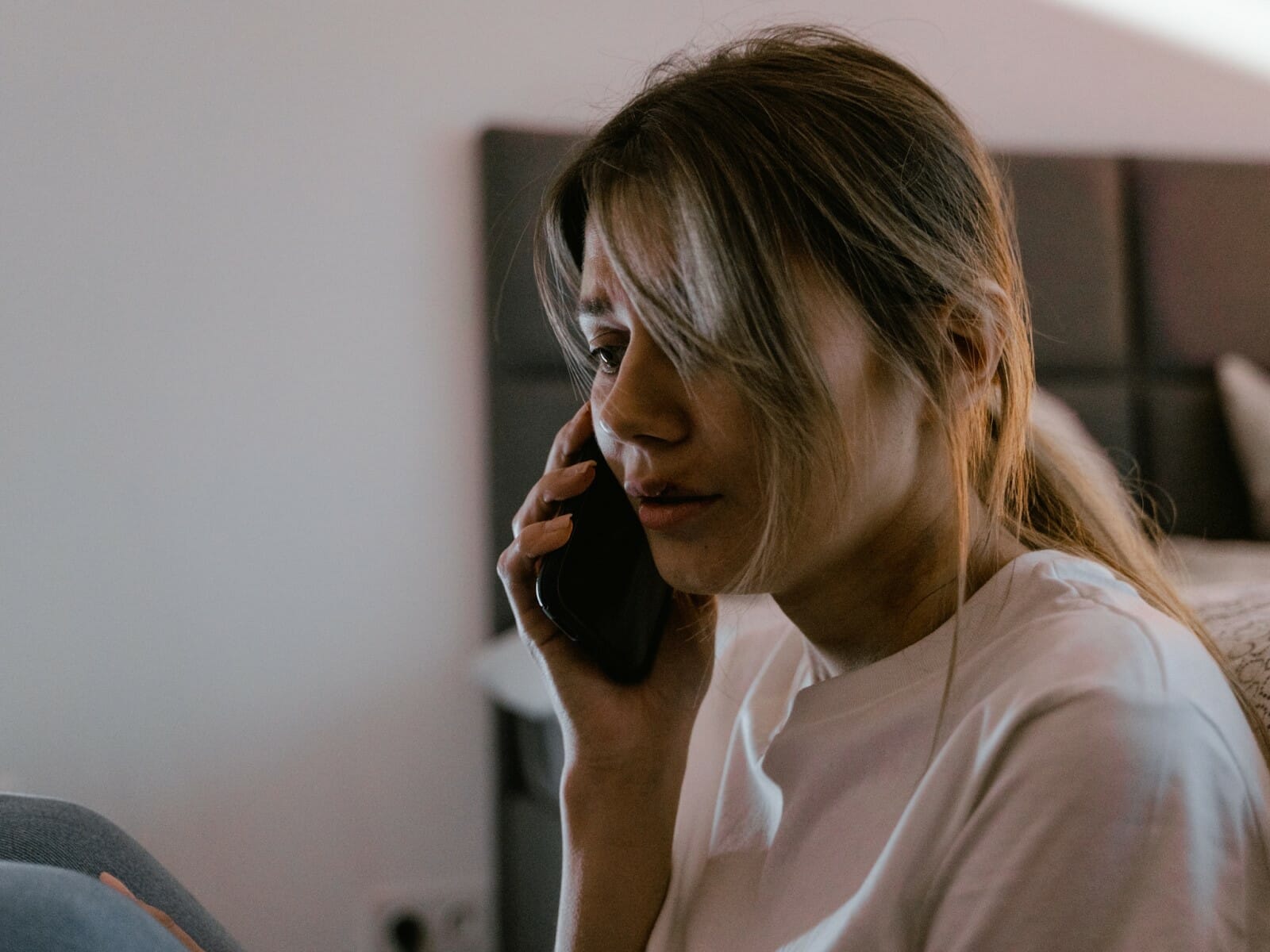
People call the Lifeline for any number of reasons:
These are just a few concerns that may prompt someone to call, but they should illustrate that you don’t need to wait until you’re in severe distress to call.
988 is a crisis service, but not an emergency service. This means if you are in emotional distress but aren’t yet in danger, it is the right time to call. 988 counselors are well-trained in methods to help you steer out of an emotional spiral and ground yourself.
If you or the person you are helping is in immediate danger of harming themselves, call 911 right away.
There are a few different ways you can contact the 988 Lifeline depending on your needs. You can call or send a text to 988, or you can chat with a counselor online at 988lifeline.org. Help is available in English or Spanish, and there are additional options for ASL speakers.

Depending on how you choose to contact the Lifeline, here is what you can expect from the process:
If you call…
You will be greeted by an automated message and a phone tree. If you are a veteran, you can press 1 to be directed to the Veteran Crisis Line. For help in Spanish, you can press 2. Otherwise, you can remain on the line and you will be placed on a brief hold while you are connected to a counselor.
If you text…
After you send a text to 988 requesting help, you will receive a short survey to let the counselor know a little about your situation. After you respond, the text line will connect you to your counselor who will instruct you further.
If you chat…
Similar to the text line, you will receive a short survey asking about your situation so your counselor knows how to help. There will be a short wait time while you are connected, and then your counselor will instruct you further.
Regardless of how you reach out, once you are connected to a counselor, they will listen to your problems and ask you questions to figure out the best way to help you. If needed, they may offer you steps to help you interrupt a panic attack or work your way out of a thought spiral.

Counselors may also walk you through some steps to keep yourself safe until the crisis has passed. Once they have seen to your immediate needs, they may direct you to resources online or in your community to help you find ongoing care for your mental health concerns.
The 988 Lifeline is always free and always confidential, so you never need to worry about reaching out.
Suicide is on the rise and is one of the leading causes of death in our country, but it can be prevented. The 988 Lifeline is making huge strides in prevention efforts by providing people a place to turn when they feel hopeless.

Studies have shown that almost 98% of people who contact the 988 Lifeline are able to work through their crisis without needing emergency services. Having somebody to talk to can make all the difference.
—
Whether it’s yourself or a loved one, a suicidal crisis can be a scary thing to navigate. That’s why we at Bio-One hope this guide will help you know how to intervene to keep yourself or the people you love safe.
Part of our mission is to provide community resources. That’s why we dedicate so much of our time to projects like this. We want to create a future where we never have to answer another suicide call again.

Whether or not you’ve actually done it, spring cleaning is backed up by centuries of tradition. Many cultures bring a spring cleaning period into their yearly rhythms. For all cultures, the kickoff for spring cleaning is marked by longer days and more sun.
As sunlight hours increase, our bodies produce less melatonin, helping us feel more awake after months of cozy winter slowness. We also have more daylight to accomplish tasks we’ve been putting off.
Even if spring cleaning isn’t part of your personal yearly traditions, you can start now.
With so many blogs, books, and shows promoting organization, resources with ideas are everywhere. Keep reading to learn about our favorite spring cleaning strategies.
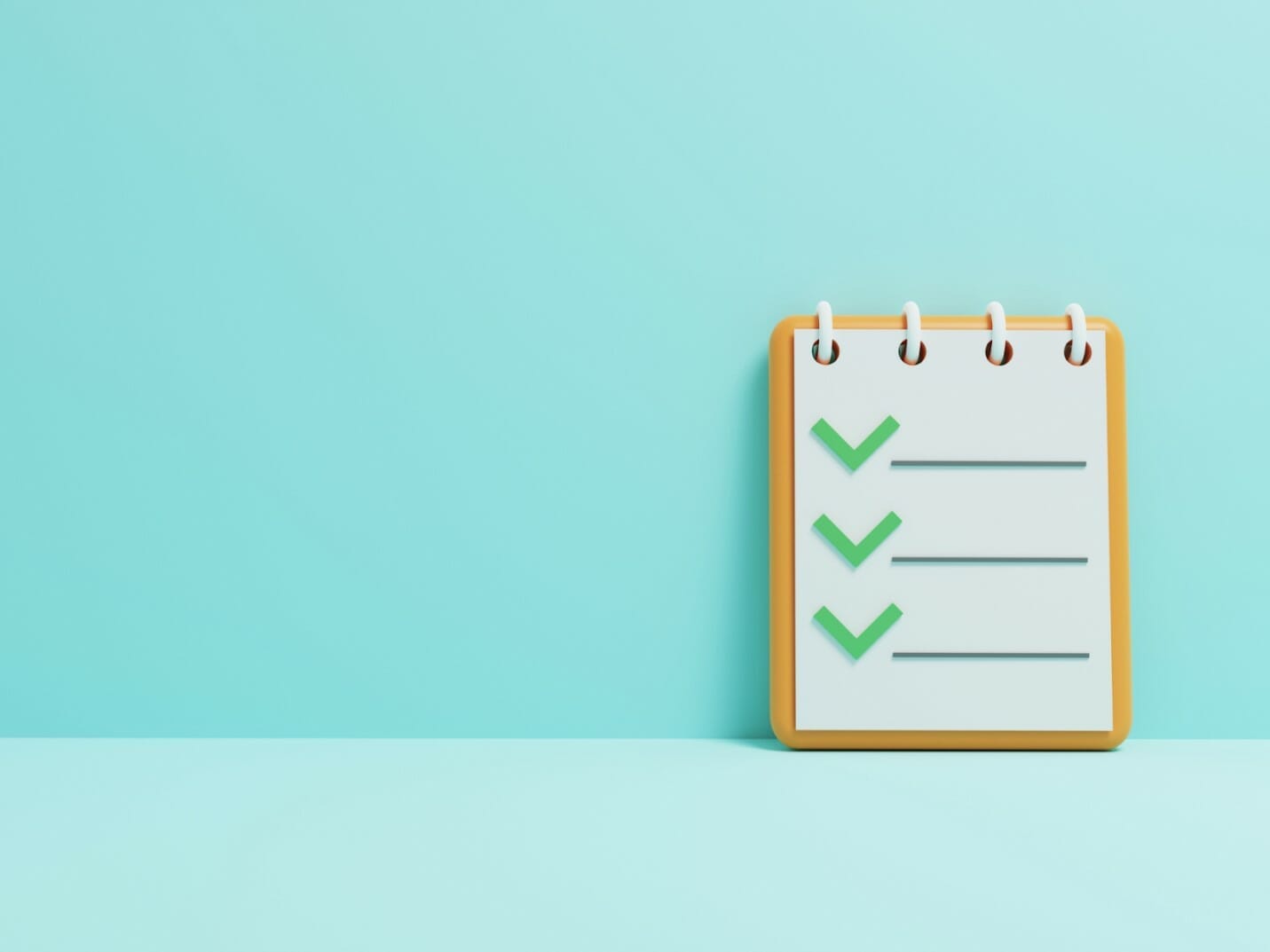
The most important step is knowing where to start. Take a walk around your house and decide what needs attention first.
If you’re a list-maker, you can write down your plan of attack. (Or you can just follow the messy vibes.) Knowing your focus makes it easier to jump in and get the work done.
You can also make a list of which days you want to accomplish certain tasks. Choosing just one room, drawer, or cupboard that you want to clean each day can make the entire process less overwhelming. The important thing is that you are moving forward!
It’s hard to clean when you don’t have what you need.
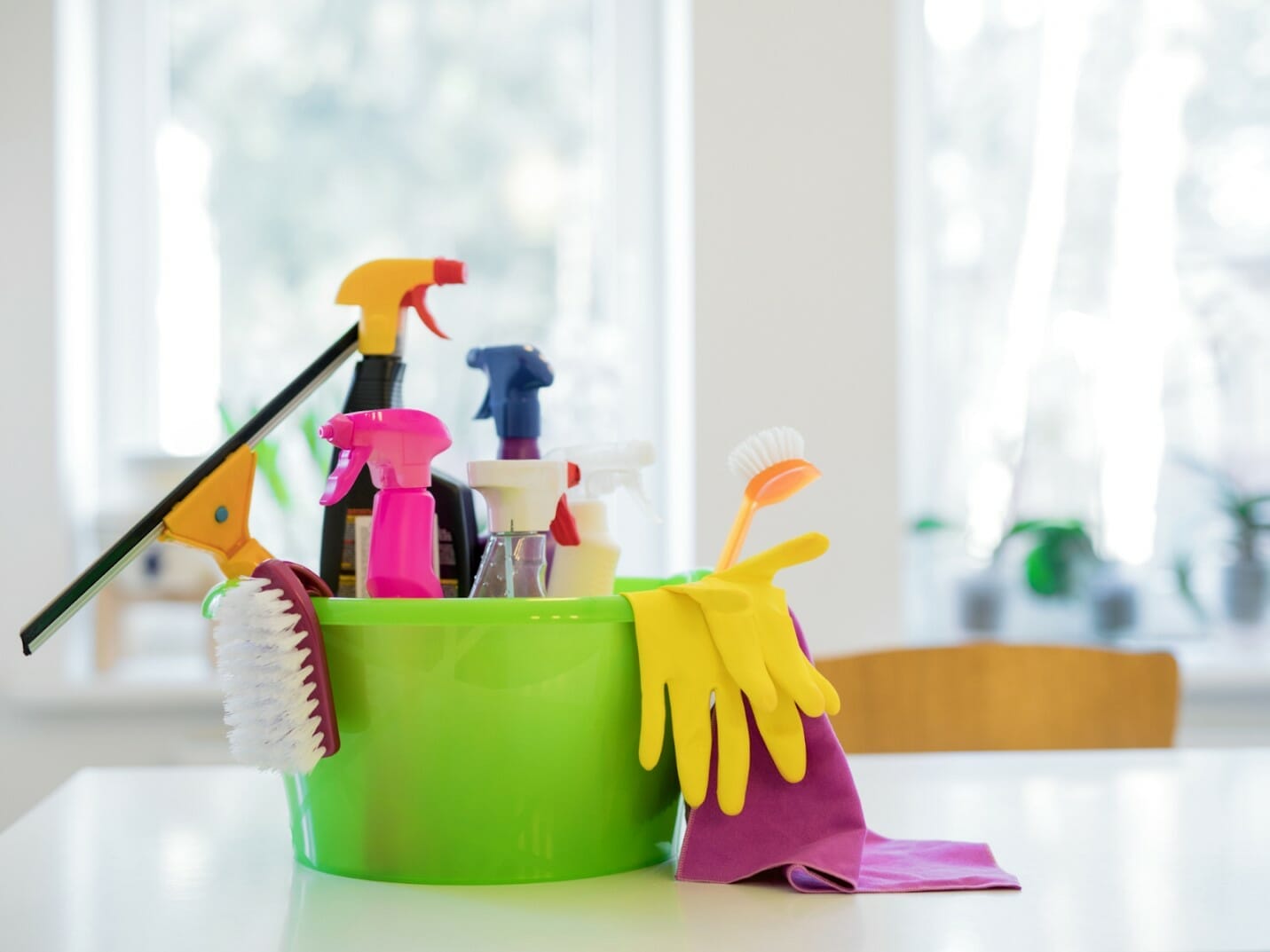
Make sure any cleaning tools or chemicals you need are in an easy-to-find place. It can be helpful to have a caddy or bucket that you can bring from room to room.
Make sure you have what you need, but don’t go overboard. It’s easy to turn a need for supplies into a shopping trip or a reason to procrastinate.
Don’t fall into that trap!
If you don’t have what you need to deep clean today, you don’t have to wait to get started. You can still put items away or, better yet, find items to get rid of.
Most of us don’t have the time or the desire to go on a cleaning rampage. We have limited time and many responsibilities. (But if you’re a person who works well by focusing and cleaning all day, more power to you!)
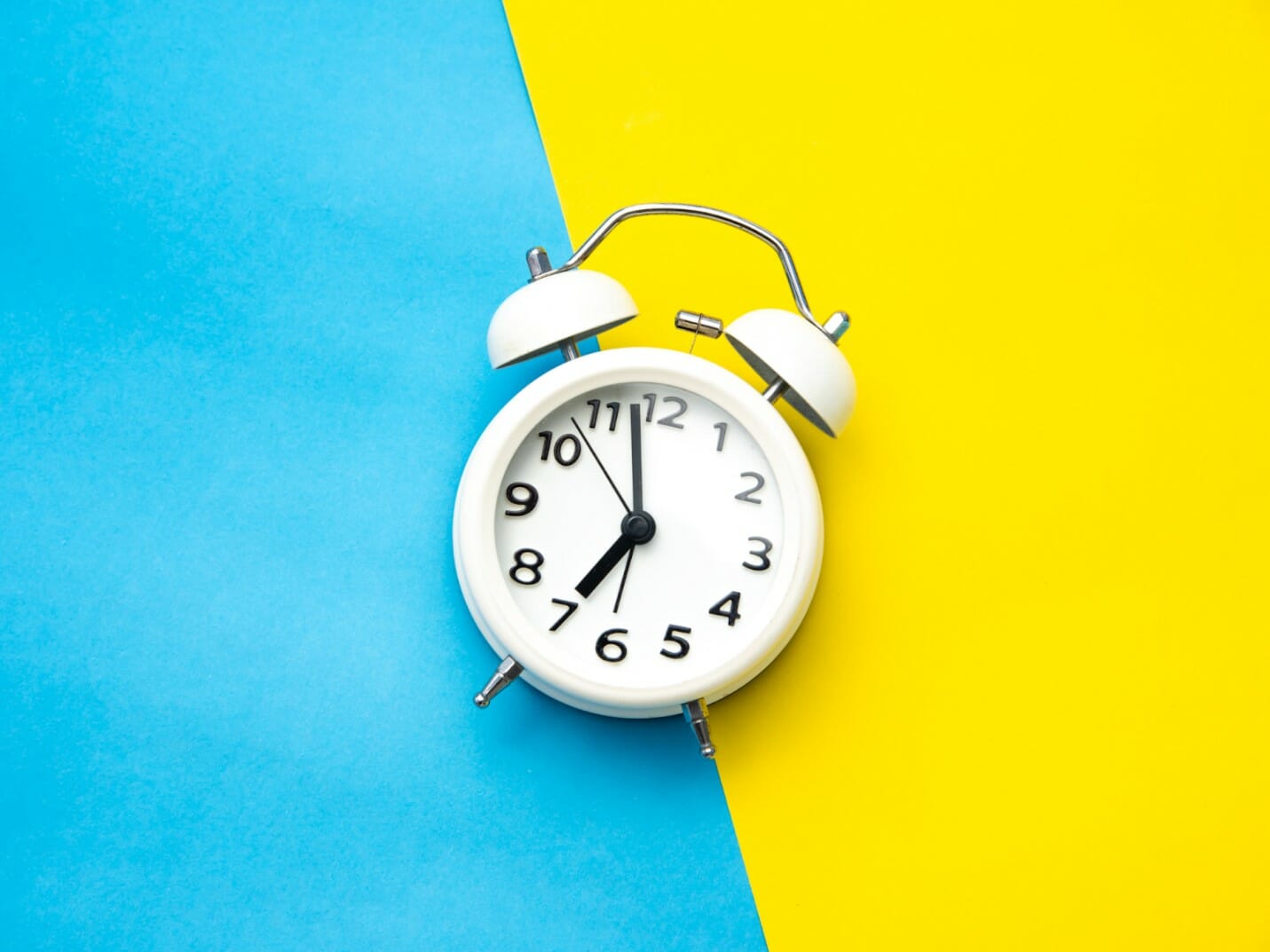
For the rest of us, setting a timer can be an effective way to get your spring cleaning done, a little bit at a time. Choose an area to clean and a set amount of time (we suggest starting with just 15-20 minutes). Get your timer going and then work hard until it goes off.
Go back to the same area each day with your same timer strategy until it’s clean. Only then is it time to move on to the next part of your home.
Bit by bit, the mess will disappear.
Having a clean home is its own reward, but building some kind of treat into the process always helps. Here are some ways to treat yourself:

Just be cautious about buying yourself something as a cleaning reward.
Often, having too much stuff is the reason our homes get out of hand in the first place. Try to find some other way to pat yourself on the back.
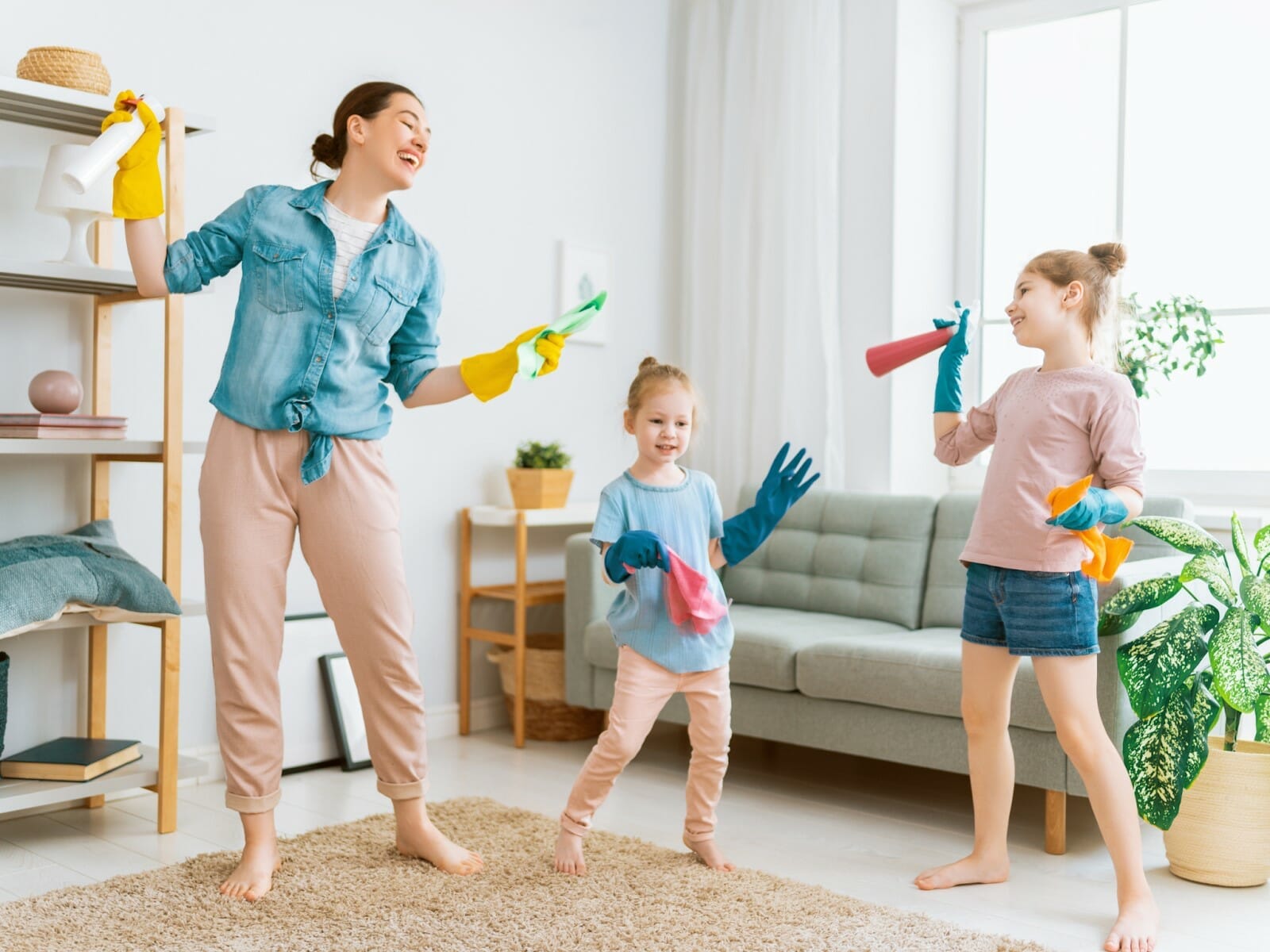
Scientific research shows that making our dreaded tasks into games can help us be more productive and motivated. There are many apps available that reward users for their accomplishments by letting them progress in a game or giving them a virtual gold star.
You don’t need an app to gamify your spring cleaning, however. There are dozens of analog ways to make cleaning into a fun challenge. Here are a few of our favorites.
Brackets are everywhere in the spring, and you can use them to motivate yourself even after the March Madness finals. Download a bracket and fill it out. There are a number of ways you could apply this to spring cleaning:
The ultimate challenge winner gets to decide where everyone goes out for dinner or a treat.
Sometimes, we have so much stuff it’s hard to know where to put it or keep our spaces clean. With the 4-Box Technique, you’ll take four boxes into a room and label them:
Go through the space and categorize all the items that don’t belong in that space (the ones that do belong can be put away immediately).
The trick here is to make sure you deal with your four boxes right away. Don’t let boxes pile up in your home.
Put the stuff you’re keeping in the right place:
For days when you’re overwhelmed or short on time, the 21-Item Toss is the perfect way to get a little bit of decluttering done in as little as 5 minutes.
Grab a garbage bag—or one of the plastic grocery bags so many of us stow under the sink. Walk through your home and find 21 things to throw away. You can gamify it by timing yourself.
Don’t think too hard—if you don’t use it or need it, out it goes!
If you feel like you can’t deal with your home situation on your own, Bio-One has your back. Our discreet team of compassionate, expert cleaners can help you with your home situation—no mess is too big.
Call us today for a consultation.
Denver, CO – Bio-One Inc. ranked #381 in Entrepreneur magazine’s 43rd annual Franchise 500®. This is the sixth year in a row that Bio-One has been included in the ranking.
A total of 1,177 companies met the requirements, and each franchise was given a cumulative score based on an analysis of more than 150 data points. The 500 franchises with the highest cumulative scores become the Franchise 500® in ranking order.
“We’re grateful to be recognized by Entrepreneur for the sixth year in a row,” said Brian Brinegar, President of Bio-One Inc. “The ranking is a direct reflection of our growth, strength of our franchisees, and our ability to consistently deliver care and compassion to our clients.”
Succeeding 12 years of franchising, Bio-One has over 115 offices in more than 40 states with services that include crime and trauma scene cleaning, hoarding remediation, odor removal, sewage backups, and more. In 2021, Bio-One also ranked #1 in Entrepreneur’s Best of the Best for Crime-Scene Cleaning.

About Bio-One Inc.
Bio-One provides high quality decontamination and biohazard cleanup services while treating clients with the privacy and compassion that difficult moments demand. Bio-One services include suicide cleanup, homicide cleanup, hoarding remediation, junk removal, deceased animal recovery, feces removal, and more. Bio-One was first created in 2006 and began franchising in 2010. In 2021, Bio-One joined the Five Star Franchising portfolio. Five Star Franchising is a highly innovative conglomerate of franchisor brands with a mission to ensure its brands are top performers in technology, marketing, branding, and people. For more information about Bio-One, visit us at bioonetowson.com.

We are delighted to announce our sponsorship of the First Responder Relay in Las Vegas on October 16th. The First Responders Relay is a 9 person 48-mile running relay with stages ranging from 4.0 miles to 7.7 miles. The relay is competition comprised of first responder personnel from throughout the United States and the World, and is hosted by the California Police Athletic Federation (CPAF).
There is still time to register, but don't delay! Registration closes September 18. Visit www.CPAF.org to join us in Las Vegas!

Twenty years have passed, and yet the the surprise, anguish, horror, and disbelief of Tuesday, September 11, 2001 is forever imprinted in our minds and hearts. We united as a country and held each other close. As call centers were overwhelmed and cell services were drowning in volume, we desperately reserved hope for loved ones, team members, neighbors, and those we've never met. We lit candles, wrote songs and poems, and stood under an eerily engine-free sky.
First responders ran toward danger, many giving all. Twenty years later, their children have continued the tradition of service and sacrifice. [Two decades later, more children of 9/11 victims are joining the FDNY than ever before. - New York Daily News]
Memorials and museums have risen with artifacts and stories of heroism. Most recently, the National Law Enforcement Museum re-opened with their Post - 9/11 Exhibit, showcasing 20+ artifacts that include airplane fragments from Flight 93, a steel beam from the World Trade Center, a limestone block from the damaged section of the Pentagon and part of the damaged food cart from Flight 93 when passenger Todd Beamer famously said, “Are you ready? OK. Let's roll.”
Above all, we promised to #NeverForget.
To honor the 20th Anniversary of 9/11, we asked Bio-One owners across the country to reflect on that fateful day. Below are their stories.

I am a retired FDNY fireman. I was assigned to Squad 41 in the South Bronx. We lost everyone, all six, working that insane day. Me and the rest of the crew were down at the WTC site by 12:30 on 9/11. I worked down at the site for over 56 hours before we broke up into sections and teams. Long story short I was basically working at the WTC site for the next nine months. It seems like yesterday and way to many stories and close calls and everything to say in a post.
- Owen McGovern, Bio-One owner in Eugene, Oregon
On September 11, 2001 I was in Tampa Florida at a training for work. Was in a conference room with glass walls and there was a tv on outside the room that I can see and saw the broadcast of the 2nd plane hitting. Also took us 4 days to get back to Connecticut because all flights were cancelled.
This year we are sponsoring the Southern Arizona Law Enforcement Foundation golf tournament on Sept 11 2021.
- David Scott, Bio-One owner in Tuscon, Arizona
I was in Lakewood, Ca just getting up and getting ready to go to school. My aunt worked in tower 2 so we were all franticly trying to call her. By the grace of God, she was not at work. She was at an OB appointment when it happened.
This year, we will be participating in a stair climb which is the number of stairs in the twin towers as well as participate in a golf tournament to raise money and awareness.
- Rebecca Wallace, Bio-One owner in Flagstaff, Arizona
I was in between classes in high school in NY, laughing with friends and not a care in the world. Little did I know the ever lasting effects this tragic event would’ve had on my life. Teachers turned on the news in class. Just as the second plane was hitting. Juan and I were in school (yes we went to HS together lol). And I knew then he was in it and would sacrifice to fight back for our country. Even 20 years later, feels like yesterday. He joined the Marine Corps. We lost many friends, even still having to say goodbye to this day. All from the events of that one very sad day.
It’s a very somber day for me. No events. Just spending time with my kids and Juan. There is the 2021 Tunnel to Towers 5K Run & Walk in New York City Sunday, September 26, 2021, that I would love to do participate in. But, to be honest, going into the city scares me.
Very emotional day for all Americans. Hits my NY heart extra hard.
- Nicole Morales, Bio-One owner in the Tri-State area (New York, New Jersey, and Pennsylvania)
I was at home in Denver with our 2 young sons, while Gregg Chiasson was in Manhattan on business. He had a flight later that day, which of course did not happen. We were unable to connect with each other for hours that day. This was frightening to me. Gregg's experience was live there in Manhattan. I'm so thankful that he was safe and made it home eventually.
- Cheryl Chaisson, Bio-One owner in Denver, Colorado
I was on my way to Tulare Western HS driving in my 1987 Dodge Ram50 truck to work. I remember hearing about it on the radio and I was in disbelief. Needless to say, I had to get ready to teach 160 HS students math and chemistry throughout the day. I don’t know if I made the right choice, but I decided to treat it like a regular day and went about teaching. As a young 29 year old, the gravity of the situation didn’t hit me like most. Other than saying a few prayers throughout the day, I spent the day teaching the best I could and gave student an opportunity to ask questions if it came up.
- Armand Amoranto, Bio-One owner in Oceanside, California
I was in Moscow Russia attending my first year of college. First time away from home. We had a math lecture and all of a sudden they turn on TV and we all stared in disbelief. We don’t know what is going on, we all thought it’s the beginning of world war 3. There were about 300 people in a room and we all stood up. Scary time. They sent us all home because no one including professors can concentrate but being scared on what’s next.
- Viktoriya Gonzales, Bio-One owner in Milwaukee, Wisconsin


Having been closed due to the pandemic, the National Law Enforcement Museum and Memorial (NLEMM) re-opened with the new Post-9/11 Exhibit: The Evolution of American Law Enforcement. On August 26, Bio-One was invited to a private opening reception to get a first-look and remember the brave men and women who ran toward danger 20 years ago.
As described on the NLEMM website, the Post-9/11 exhibit marks the 20th anniversary of 9/11 and honors the officers who rose to the challenge that day. This will be the first exhibition to focus on the significant changes to U.S. law enforcement that occurred in the aftermath of the 9/11 attacks.
One of the most impactful displays in the exhibit is a wall of photos depicting all the members of law enforcement who died as a result of 9/11. As described by Police1.com, 72 officers killed on September 11, as well as 236 officers who died of illnesses contracted while working in the hazardous conditions at the WTC.
There are 20+ artifacts on display that include airplane fragments from Flight 93, a steel beam from the World Trade Center, a limestone block from the damaged section of the Pentagon and part of the damaged food cart from Flight 93 when passenger Todd Beamer famously said, “Are you ready? OK. Let's roll.” (Police1.com)
Bio-One is a proud 2021 corporate partner of the museum. To learn more about the exhibit and how you can help preserve the history of law enforcement, visit NLEOMF.org.